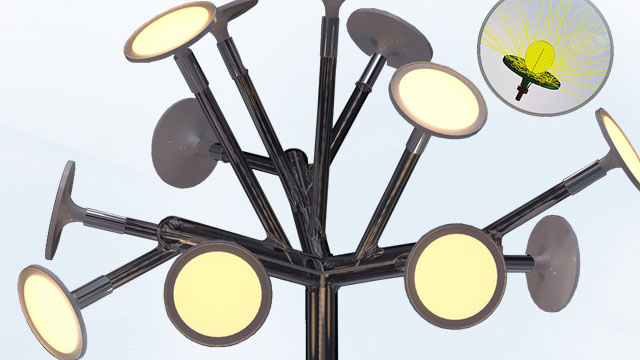Reducing biodiversity impact and energy consumption with Ansys Speos
Sector: Electrical engineering/electronics, Energy supply, Steel and metal productionSpecialist field: OpticsLenzi is the leading company for stylish lighting (Les vieilles lanternes de Paris) in both France and internationally. On December 27, 2018, the decree to prevent, reduce and limit light pollution was published. Its aim is to preserve the starry sky, black, green and blue screens, and biodiversity. For Lenzi, the race against time was on, as the company had to adapt its entire catalog. The decision to invest in a digital simulation tool such as Speos enabled them to meet this vital challenge within 24 months.
Summary
Task
After the publication of the regulation to prevent, reduce and limit light pollution in 2018, Lenzi has had to adapt its entire catalogue.
Solution
It is therefore necessary to collect information about the materials used in order to use the appropriate files for simulation. This includes information about the spectrum, emissivity and power of the LEDs used, etc., which must be converted in the software.
Customer benefits
Sending prototypes to the measurement service provider was replaced by the acquisition of Speos. For Lenzi, the switch to digital simulation reduces validation costs and times and speeds up the development process.
Project Details
Task
Lenzi is the leading company in stylish lighting (Les vieilles lanternes de Paris) in both France and internationally. Its products are sold in 50 countries and 20 capitals. The company has been selling traditional models of lanterns or "French-style lighting" since 1953. The city of Paris is largely lit by the products of our customer, whose production team masters all the techniques and tools needed to manufacture products. In 2014, Lenzi became the first company in the public lighting sector to be awarded the "Entreprise du Patrimoine Vivant" state label. The research department designs new products and incorporates modern technologies such as LEDs. Resolutely innovative, the range is completed by more contemporary lighting, the Neo collection.
On 27 December 2018 in France, the decree to prevent, reduce and limit light pollution was published. Its aim is to preserve the starry sky, black, green and blue screens, and biodiversity. For Lenzi, the race against time is on. The company has to adapt its entire catalogue! Specifically, it has had to reduce the proportion of blue light in the artificial light spectra, maximize the proportion of luminous flux emitted in a cone at 151° below the horizontal in relation to the total luminous flux, reduce the proportion of flow emitted towards the sky to less than 1% of the total flux and limit the luminous flux emitted towards the sky to a minimum.
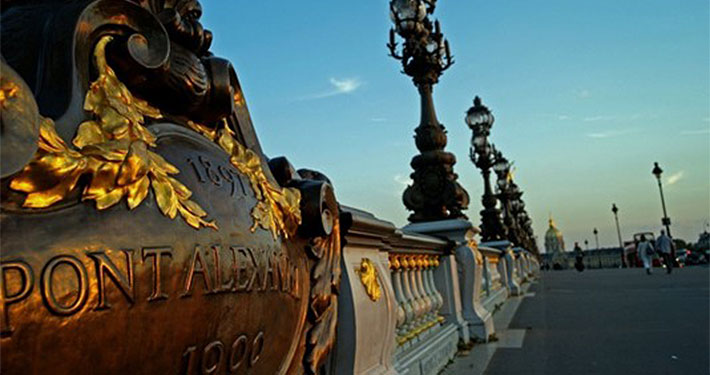
Customer Benefit
Validating the standards as part of the lighting development process used required physical measurements to be taken in a photometric laboratory. This involved sending a prototype to the measurement service provider, which caused significant costs and delays for Lenzi.
Thanks to the acquisition of a physics-based optical simulation tool such as Ansys Speos, these results can now be obtained digitally. These have been validated by comparing them with laboratory measurements on representative models of the catalog. CADFEM support has enabled Lenzi to rapidly set up realistic simulations that give results identical to those obtained in the photometry laboratory. The Speos functions dedicated to calculation productivity and accuracy enable different configurations to be tested very quickly and design problems to be identified. In fact, it takes just one day to obtain the results of a digital simulation in Speos. For example, Speos' "Light Expert" feature can identify the rays responsible for a defect that needs to be corrected, such as light that is directed upward.
Support from CADFEM helped Lenzi adopt Speos and find the settings that were closest to reality.
For Lenzi, the switch to digital simulation means a reduction in validation costs and times, as well as an acceleration of the development process.
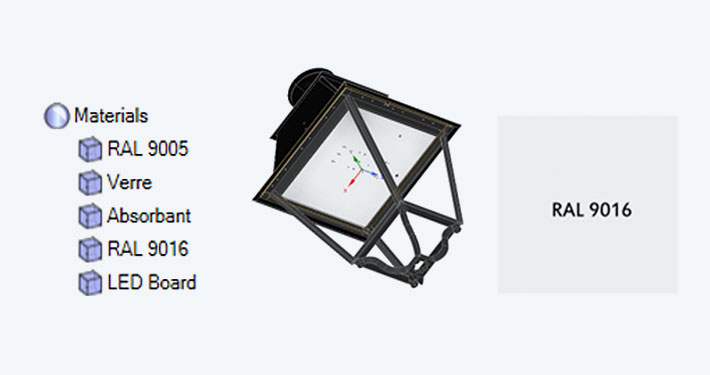
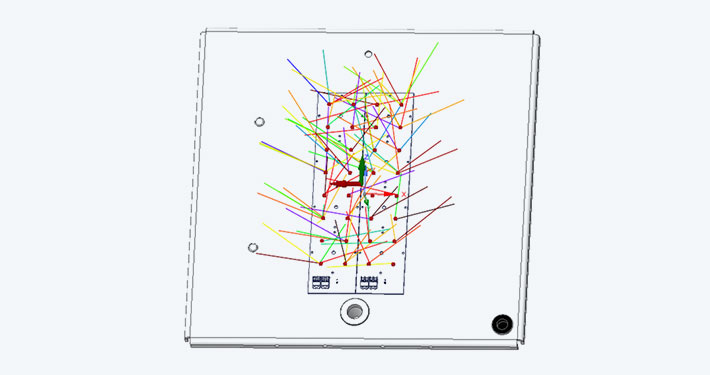
Solution
In conjunction with departments other than the Design Office, information on the materials used had to be collected in order to use the appropriate files for the simulation. Information on the spectrum, emissivity and power of the LEDs used was also converted into the software.
The Speos tool made it possible to use the photometric intensity files (IES or LDT), which model the intensity of the light beam at the optics output in relation to the supplier LEDiL.
The software can also be used to create virtual sensors that can be used to reproduce photometric laboratory measurements, such as those taken with a photogoniometer, to generate IES or LDT files, for example.
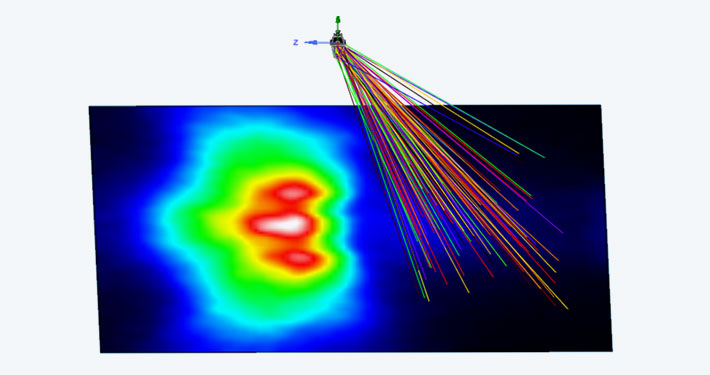
Cover Image: © Lenzi
Related Content



